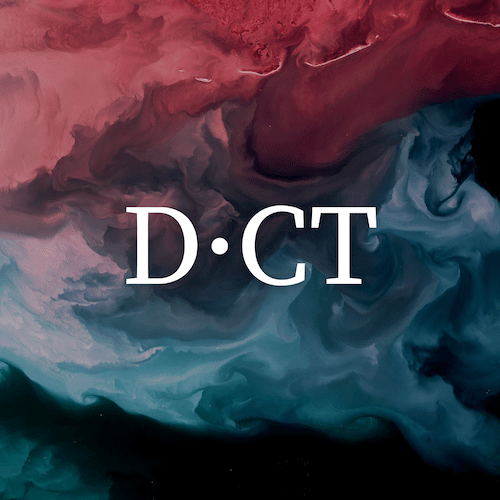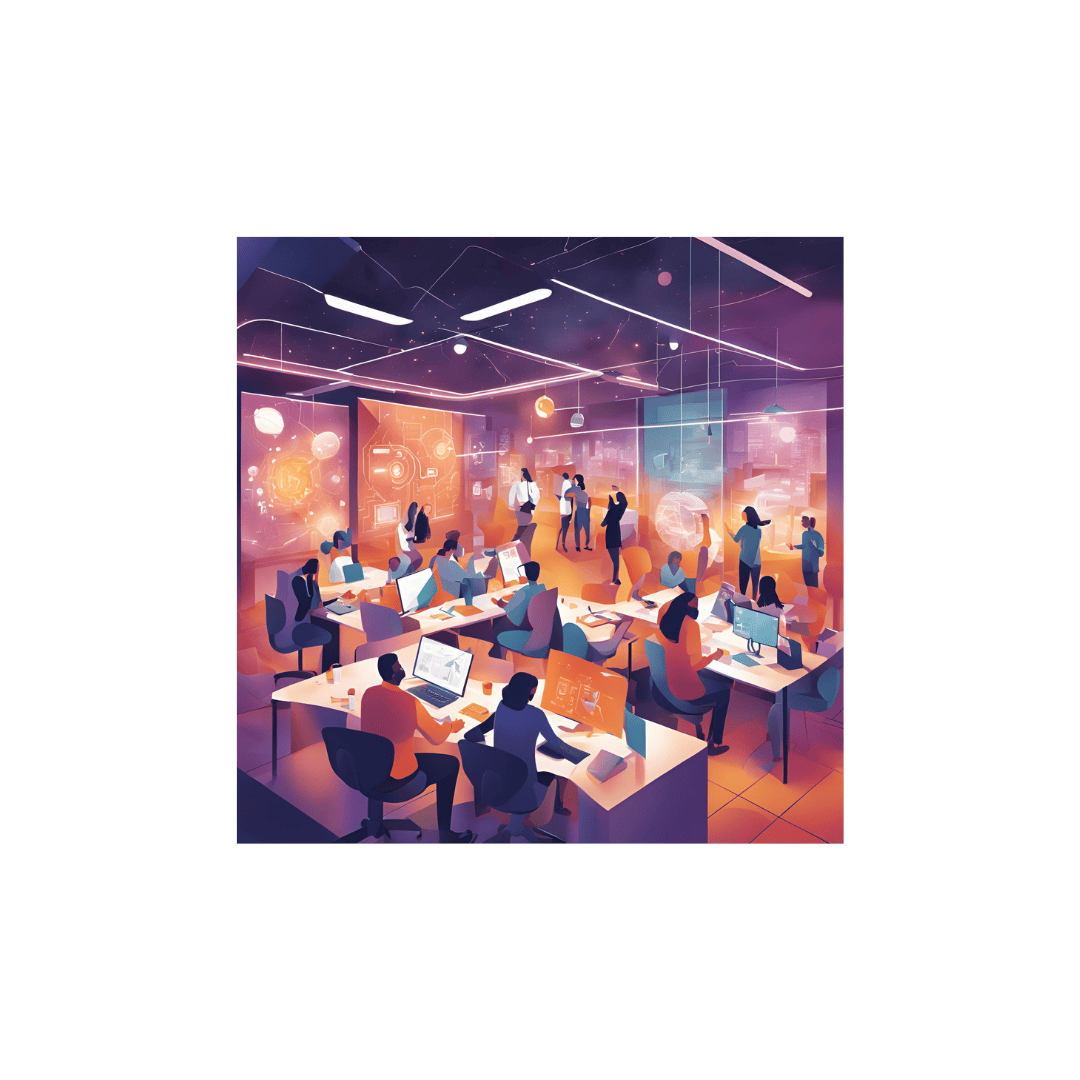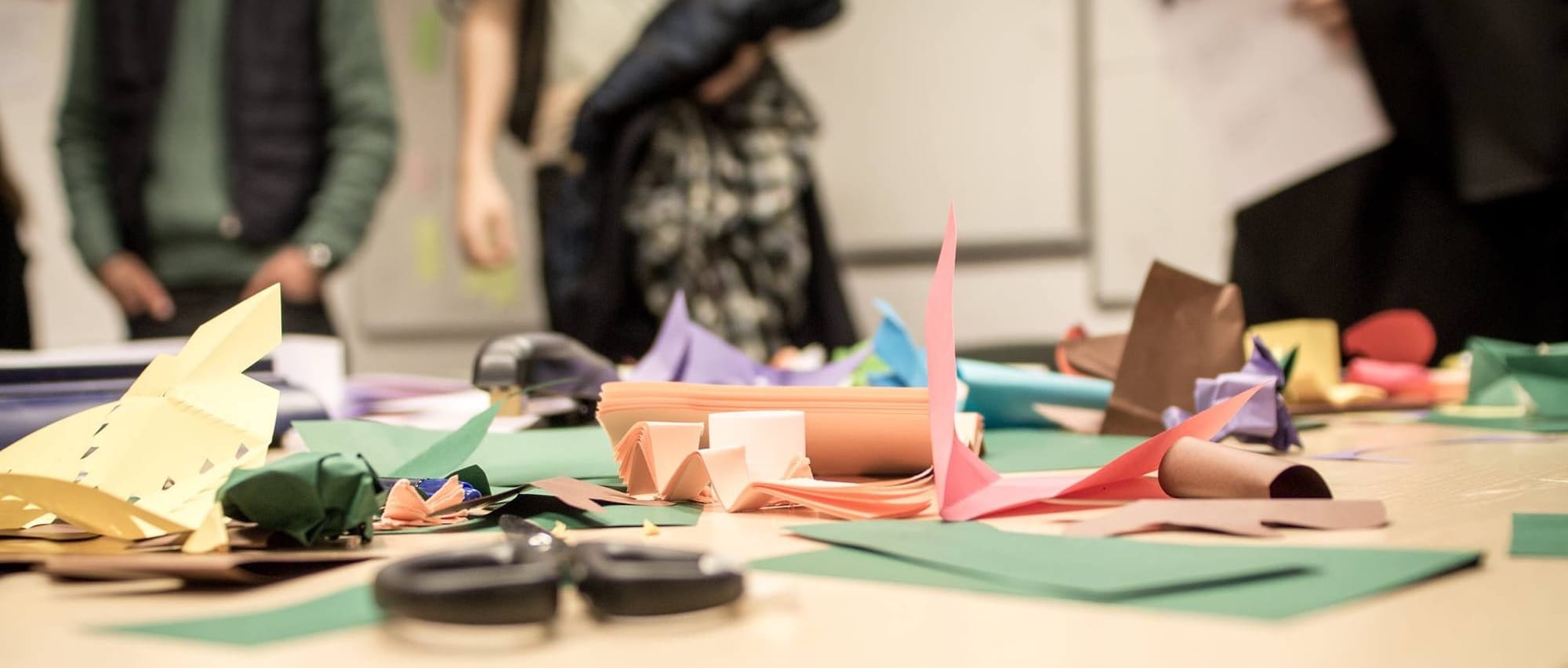Hi everyone, dear community,
I am starting to work on a piece about “the state of design” –the many whispers of doom and crisis– and thought the best way to discuss such a “polymorphic issue” is to open up the discussion to other voices and perspectives.
📝 Format
You can write something as long as you want (no format restrictions) —with links and references whenever possible.
Your name will be displayed in the title of your section and profile details/link (at your discretion) at the end.
📚 Topics & themes
1️⃣ The state of UX or “late-stage UX”
- The “decline of design”, the “downfall of designers”
- The commodification of the design process and/or activities
- The layoffs; shrinking market; no more free money; low entry level / inadequate skills; etc
- The replacement of design roles by [AI]
2️⃣ Beyond the hype, beyond the clutter
- The future of design and designers’ role
- Where should design be next? What should design do next?
- What does that mean for organisations, services, products, human experiences;
3️⃣ Bonus: Critical thinking
- What are we missing?
- What are the misdirections?
- What are the false promises/apocalypses?
- What are the weak signals?
📚 Resources to help you get started
a) The whispers of doom & crisis
There are whispers (* cough *) of a major identity crisis in (corporate) design along with huge economic uncertainty and anticipated job market disruption –be it “because of AI”, but mostly, because the previously mentioned economic factor works as a coupling effect, truly indifferent to whom is impacted and how we interpret it.
⏩ Whisper 1: The state of UX in 2024 – We have entered the "late-stage UX"

⏩ Whisper 2: The Vanishing Designer – It's our fault; but not entirely; but still, you should do something about it.

⏩ Whisper 3: The big design freak-out: A generation of design leaders grapple with their future
b) A critical response: Bubbles of logic, Alternate to Fast Company “Freak-Out”

It points out (especially in VanPatter’s and Pascal Wicht’s reviews) how the “freak-out” and insecurity of the “rapidly formed design workforce” (as I put it) is predicated on a shallow understanding of design and its ecology, and a narrow application of practice –factors that probably enabled its rapid adoption and now disruption– trapping designers in a path dependency of growingly limited/bounded options and preventing the questioning of structural patterns at play and its consequences.
c) Measuring the experience of AI

This is a very good and detailed piece from a fellow Swiss-based designer, with proper methodology, resources, and interesting thoughts on the UX of AI, and furthermore, the evolution of the relationship between humans and machines.
Hal Wuertz’s recent article came close to this notion by highlighting that our relationship with AI differs from traditional applications in that the purpose and content are not fixed, but in flux. Both the AI and the user change as they interact. Adrian Zumbrunnen comes close to this when he talks about the need for intelligent interaction to match the context of use. I’d add: at any given moment, we would be asking: is this interaction or content relevant to the user, does it match expectations, hopes, problems and desires?This may seem elementary, and it is. It really is a fundamental question of usefulness. But the catch is that in our current UX paradigm, we’re used to solving the usefulness question early in the product lifecycle. We’re used to figuring out usefulness in early product discovery, market research, exploratory research, and product-market fit.What we’re not used to, and here’s the kicker, is that relevance is (increasingly) something that an AI application would strive to achieve dynamically, during the course of its use.
Finally, I’ve admittedly framed all of this within the current paradigm where humans are users and machines are responsive servants. [...][what] if AI changes the rules of the game, shifting the locus of power, with different modes of interaction that may even be hidden? We already know how automating A/B testing of political campaigns with psychometric profiling was able to influence politics in the UK, effectively making humans components of computational politics, so imagine what can be achieved with even higher levels of automation. The whole pipeline can now be automated [...] in a wild game of survival of the fittest to extract value, whether financial, political or attentional. The question is not if it’s happening, but to what extent. What does experience mean in this world?
d) AI Can Build a Brighter Urban Future — If We Let People Have a Say
AI as a social mediation tool for urban design.

e) Turbulences and AI
Last year I wrote a series of posts on Design and AI, the perceived downfall (or death) and commodification of design. I think many points I make are still valid today.



Thanks for reading,
Kevin from Design & Critical Thinking



















Discussion